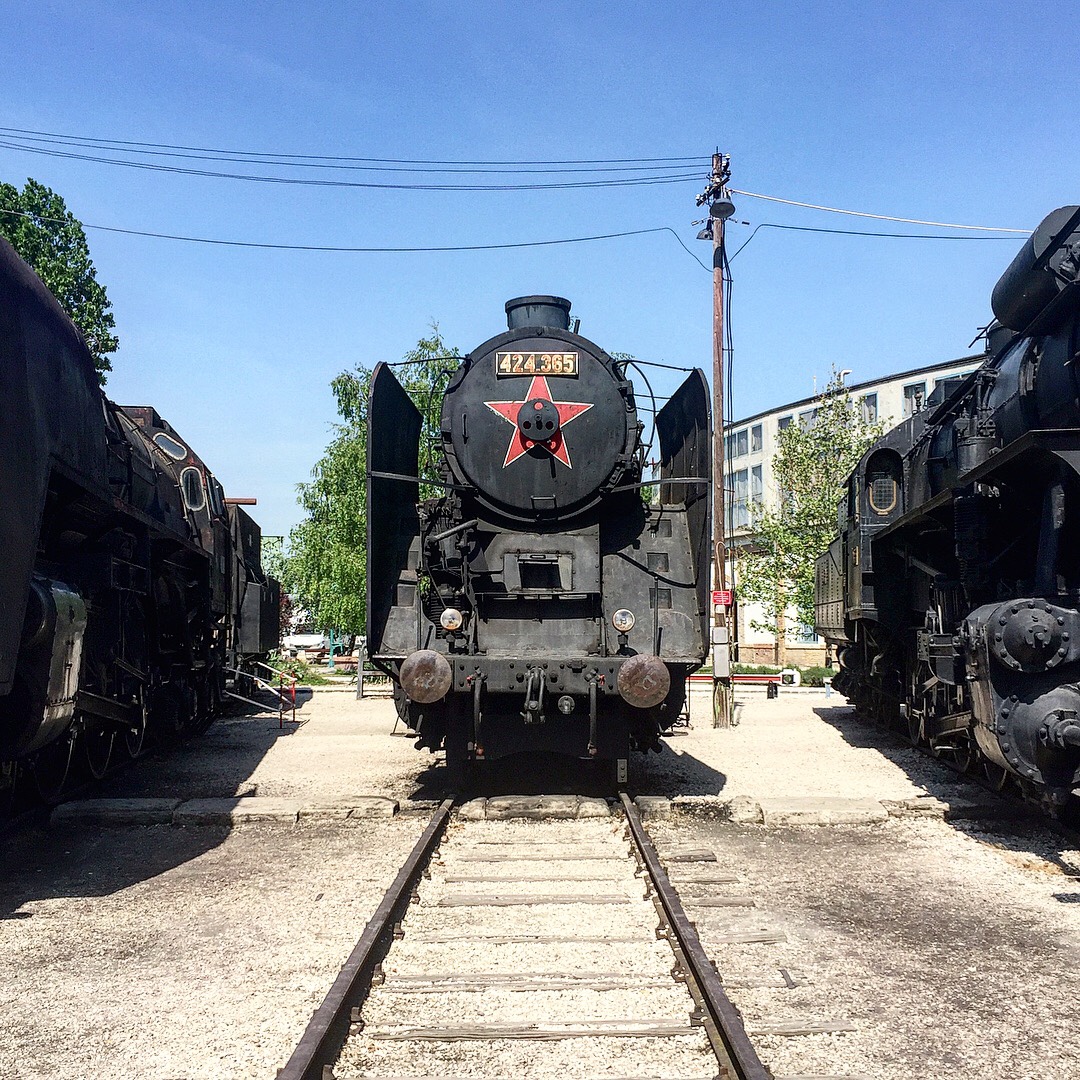

By Daniel Cochran
There are two train graveyards, not far from each other, in the northern part of Budapest. One of them is now the Hungarian Railway Museum, where paying visitors can explore the old train carriages and engines. The other one – Istvántelek – is supposed to be off-limits, but every year urban explorers dodge half-hearted security guards for photos of the rusted MÁV 424s, some with the infamous red star still on the front.
Some of the carriages are said to be the ones which transported Hungarian Jews to Nazi concentration camps during the Second World War. The Hungarian State Railway, or MÁV (Magyar Államvasutak) is – like so much in this complex nation – intrinsically tied up with the regimes that ruled over its 20th century.

To say that Hungarian football history is tricky to unpick is an understatement. A quick example: my hometown club Middlesbrough have been Middlesbrough since 1876 – pretty straightforward.
By contrast, most Hungarian teams have changed their names multiple times due to regime changes, political upheavals and sometimes just good old-fashioned rebranding. Kispest are now Honved; Ferencváros were once ÉDOSZ SE and then Kinizsi before reverting to their original name; and Orbán’s perennial joke team Felcsút persist in calling themselves Puskás Akadémia FC despite having no connection with the great Hungarian forward.

MÁVAG – the team of the state rail vehicle manufacturers and makers of the aforementioned rusting trains – are a fine example of this. Four name changes before their merger with iron and steelworking company Ganz, a further ELEVEN afterwards. Even better, they competed in the Hungarian top-flight as MÁV, only to be relegated and replaced by a different MÁV from a different city. If you think you’re confused, try sifting through all this in Hungarian.

Occupation-based teams were common in Hungary, whether formed organically or by decree during the communist regime. Vasas were the ironworkers long before the Soviet-backed government took charge in Hungary, (whereas Kispest, for example, only became the army team Honvéd in 1949); Csepel were factory workers, and MÁVAG made trains.
In these industrial teams (especially in the early days), players would be expected to work during the week, although some were given special treatment and lighter duties depending on their abilities. In later years there was also the lure of travel and under-the-table bonuses for successful players at the bigger clubs (although for the railway workers of lowly MÁVAG, these temptations were a distant dream).


MÁVAG’s footballing history is not an illustrious one. Their first season in the top flight of Hungarian football came at the end of the First World War (1917-18), and saw them concede 77 goals in 22 games. The results were brutal: an 8-0 home loss to 33 FC, 6-1 at Ferencváros, 7-1 at Kispest and a truly humbling 17-1 whipping at league winners MTK (which somehow wasn’t even MTK’s biggest win of the season).
Miraculously, this wasn’t enough to send them down that year (a pair of wins against bottom club Magyar AC helping to keep them up), but the writing was on the wall next season as MÁVAG duly finished at the foot of the table and were relegated. They did, however, only lose 13-0 to MTK this time. Football is all about the marginal gains.


After relegation the team trundled away in the lower divisions for 20 years before a brief return to the top flight during World War II; MÁVAG proving a war team again. When peace came to Europe – and occupation came to a broken Hungary – they never bothered the top flight again.
In 1959 the company (and thus the team) merged with Ganz Works to create Ganz-MÁVAG. They endured until the brink of democracy in 1988, before merging with Sz. Építők SK, who still ply their trade in the Budapest leagues.
